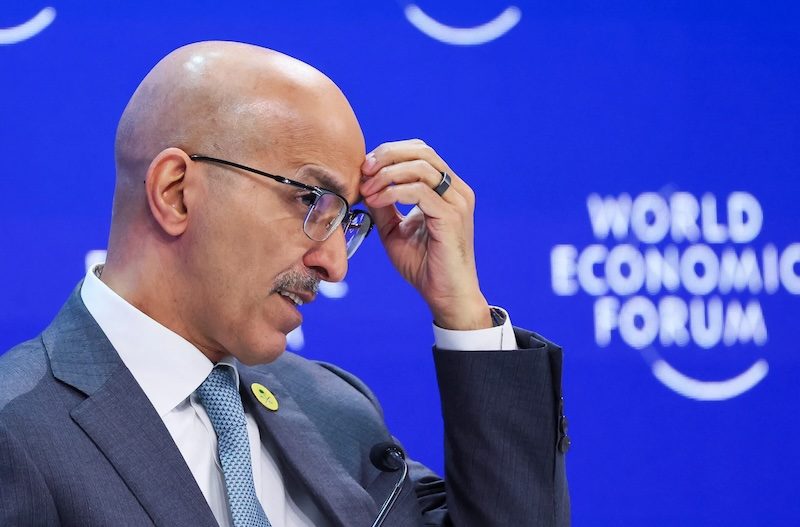Saudi Arabia is expected to issue $12.6 billion in bonds for the remainder of the year, JPMorgan said, as the kingdom resorts to the debt markets amid huge investments to overhaul its economy and lower oil prices.
The Gulf country, which forecasts a budget deficit of $26.9 billion this year, is seeking funds to invest in new industries and wean its economy away from oil under its Vision 2030 plan, investing in sectors such as tourism, manufacturing and technology.
Reuters reported April that Saudi Arabia, with its wealth linked inextricably to oil revenue, faces mounting pressure to raise debt or cut spending after a plunge in crude prices.
The kingdom enjoys a low debt-to-GDP ratio and confidence from lenders, and was among the largest emerging market debt issuers in 2024.
It has already issued $14.4 billion so far this year, JPMorgan said in a research note, the largest emerging market issuer in the first five months of 2025, braving market volatility ignited by US President Donald Trump’s trade policies.
“An uncertain global macro environment and higher borrowing costs have remained deterrents for new issue activity over the past three months” out of emerging markets, JPMorgan said.
The bank said that “supply activity could pick up in June, provided market conditions remain stable,” warning, however, that volatility remained a key risk.
Companies in Saudi Arabia, including state oil giant Aramco and sovereign wealth fund PIF, have also been tapping the debt markets.
Saudi Aramco last week raised $5 billion from bonds and published a new prospectus for Islamic bonds, signalling a new issuance could be on the horizon.
JPMorgan said that other emerging markets countries with “the largest issuance expectations from now until year-end” included neighbouring Kuwait, forecasting $8 billion in debt issuance by year-end.
The small Gulf state, also the Middle East’s fourth-largest oil producer, earlier this year issued a long-awaited law to regulate public borrowing as the country prepares for a return to international debt markets after eight years.



